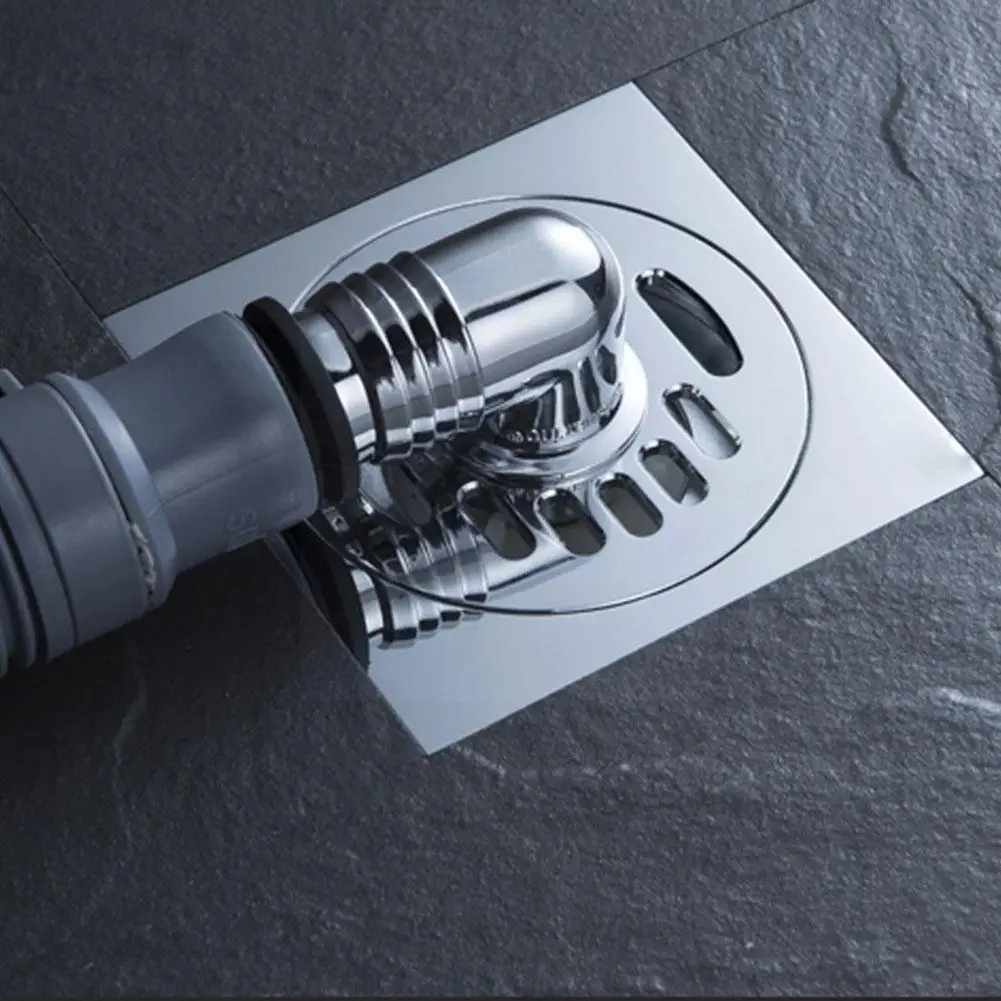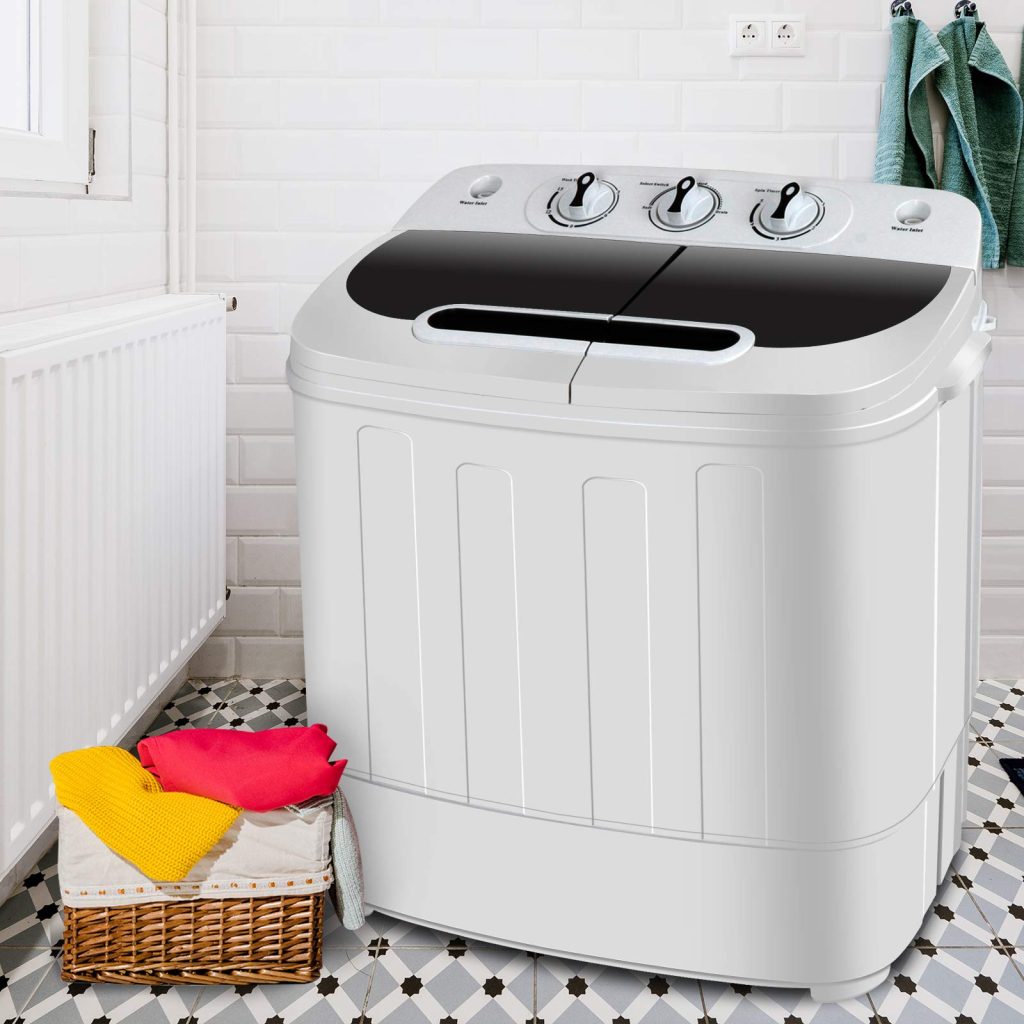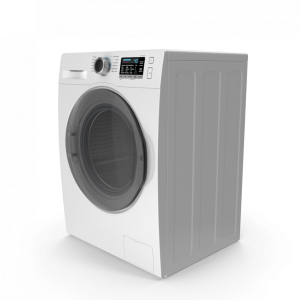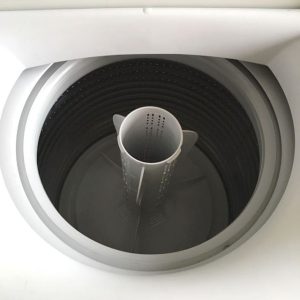What Should the Washing Machine Drain Height Be?
When installing a washing machine, one critical factor often overlooked is the drain height. It’s an essential aspect that can significantly impact the performance of your washing machine and prevent potential problems like water overflow or drainage issues. So, what should the washing machine drain height be? Understanding the appropriate height for the drain ensures that your appliance functions efficiently and reduces the likelihood of future issues.
Recommended Drain Height
The general recommendation for the washing machine drain height is between 30 and 40 inches from the floor. This height ensures that the drain hose can effectively carry wastewater out of the machine without backflow or inadequate drainage. Manufacturers typically specify an optimal range, often outlined in the user manual, to guide installation.
By adhering to this recommended height, you create a gravity-assisted drainage system that helps wastewater flow smoothly out of the washing machine. The correct height also prevents the siphoning effect, which occurs when water is unintentionally drawn back into the machine, causing improper rinsing and potential damage. Following these guidelines optimizes the machine’s performance and longevity.
Consequences of Incorrect Drain Height
An incorrect drain height can lead to several problems that disrupt the efficient operation of your washing machine. If the drain is set too low, water may not fully exit the machine, leading to incomplete cycles and potential water damage. On the other hand, if the drain is too high, the washing machine pump may struggle to expel the water, causing excessive strain and possible mechanical failure.
Furthermore, incorrect drain height can cause backflow issues, where water flows back into the machine or overflows onto the floor, creating a mess and potential water damage. This backflow disrupts the washing and rinsing cycles, leading to poor cleaning performance and longer laundry times. Understanding the consequences of incorrect drain height emphasizes the importance of proper installation.
Impact on Siphoning
Siphoning is a significant concern when the washing machine drain height is not correctly set. This phenomenon occurs when the drain hose is placed too low, creating a vacuum that pulls water back into the washing machine. Siphoning leads to improper draining, leaving clothes soaking wet at the end of the cycle and compromising the efficiency of the rinse process.
To prevent siphoning, ensure that the drain hose forms a proper air gap, usually achieved by securing the hose at the recommended height. Some washing machines come with anti-siphoning devices or integrated air gaps to mitigate this issue. Proper installation and adherence to height recommendations significantly reduce the risk of siphoning, ensuring efficient drainage and optimal machine performance.
Preventing Backflow
Backflow prevention is another crucial reason for maintaining the correct washing machine drain height. Backflow occurs when wastewater flows back into the washing machine or the household plumbing system, causing contamination and potential damage. Ensuring the drain hose is installed at the recommended height helps create a one-way flow, preventing backflow and maintaining hygiene.
In addition to maintaining the proper height, using a drain hose with a built-in check valve or installing a separate check valve can provide extra protection against backflow. These valves allow wastewater to flow out while preventing it from re-entering the washing machine. Implementing these measures ensures a clean and efficient drainage system, free from backflow issues.
Installation Tips
Installing the washing machine drain hose correctly is crucial for effective drainage. Begin by positioning the drain hose at the recommended height of 30 to 40 inches from the floor. Secure the hose in place using clamps or brackets to prevent it from slipping or moving during the wash cycle. Ensure that the hose follows a smooth, unobstructed path to the drain, avoiding kinks or bends that could impede water flow.
When connecting the hose to a standpipe or a laundry sink, make sure the end of the hose is not submerged in water, as this can cause backflow issues. Creating an air gap between the hose and the drain allows for effective drainage while preventing potential siphoning or backflow. Following these installation tips helps ensure your washing machine operates efficiently and trouble-free.
Understanding Building Codes
Adhering to local building codes and regulations is essential when installing a washing machine drain. Building codes often specify the appropriate height and installation requirements to ensure safe and effective drainage. Compliance with these codes not only prevents potential plumbing issues but also avoids fines or penalties for improper installation.
Familiarize yourself with local building codes and regulations to ensure your installation meets the required standards. Consulting a licensed plumber or professional installer can provide valuable insights and guidance, helping you achieve a compliant and efficient setup. Understanding and following building codes ensures a safe and reliable washing machine drainage system.
Maintenance and Troubleshooting
Regular maintenance is crucial for ensuring that your washing machine drain functions effectively. Periodically inspect the drain hose for signs of wear, cracks, or obstructions that could impede water flow. Cleaning the hose and the drainage area helps prevent blockages and ensures smooth operation. Additionally, check for any leaks or loose connections that could cause water damage.
If you encounter drainage issues, start by verifying that the drain hose is correctly positioned at the recommended height. Adjust the hose if necessary and ensure it’s securely in place. If the problem persists, consider consulting the washing machine’s user manual for troubleshooting tips or seek assistance from a professional technician. Regular maintenance and prompt troubleshooting help keep your washing machine in optimal condition.
Using Auxiliary Pumps
In some cases, the washing machine’s built-in pump may not be powerful enough to lift water to the required drain height, especially in basements or lower-level installations. In such scenarios, using an auxiliary pump can provide the necessary lift for effective drainage. These pumps assist in moving wastewater from the washing machine to a higher drain, ensuring efficient water removal.
When installing an auxiliary pump, ensure it’s compatible with your washing machine and meets the required specifications. Position the pump securely and follow the manufacturer’s instructions for proper installation. Using auxiliary pumps can effectively address drainage challenges in unique installations, ensuring smooth and efficient operation.
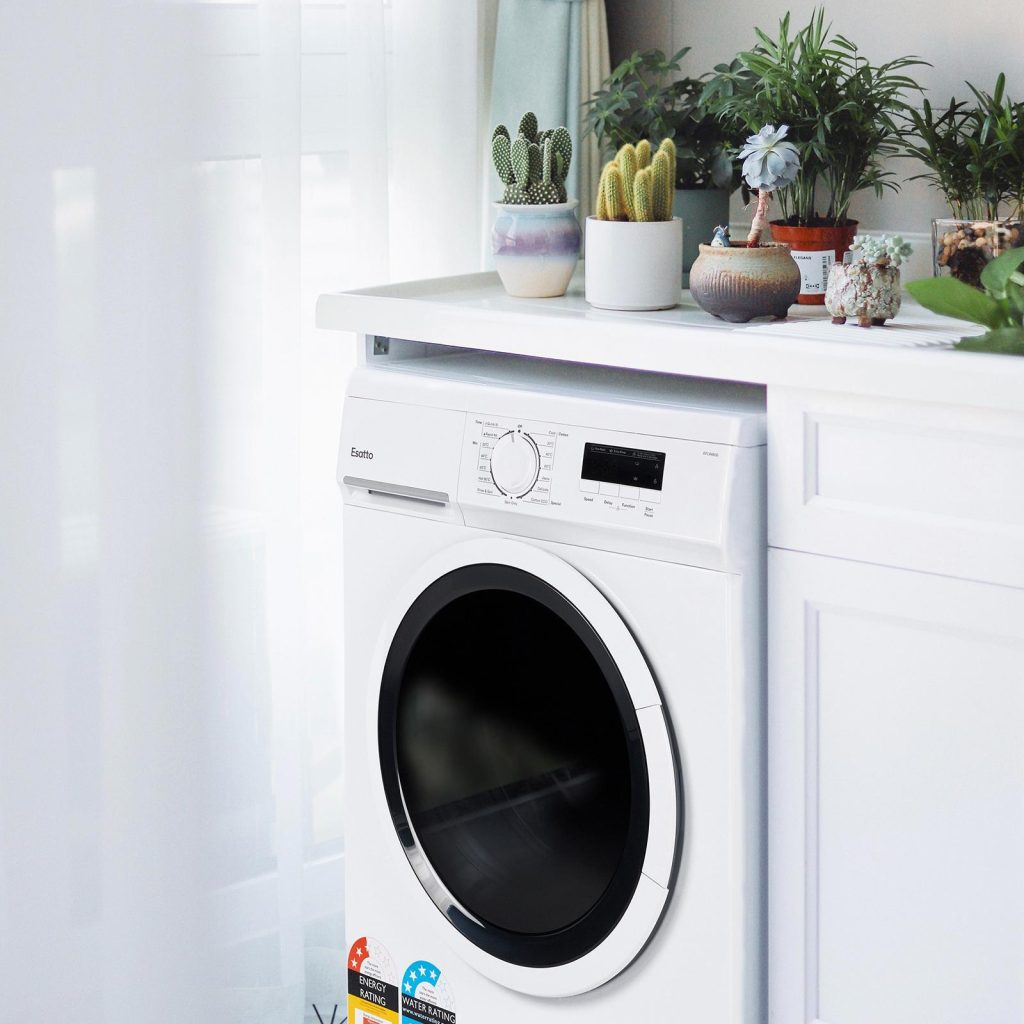 Adapting to Unique Installations
Adapting to Unique Installations
Unique installation scenarios may require adjustments to the standard washing machine drain height. For instance, installing a washing machine in a basement or a multi-story building may necessitate customized solutions to achieve effective drainage. Utilizing auxiliary pumps, extending the drain hose, or creating custom drain setups can address these challenges.
Consulting with a professional plumber or installer can provide valuable insights and solutions for adapting to unique installations. These experts can recommend appropriate measures to ensure that your washing machine drainage system functions effectively, regardless of the installation scenario. Adapting to unique installations ensures reliable and efficient washing machine performance.
Energy Efficiency Considerations
Proper drain height plays a role in the energy efficiency of your washing machine. Efficient drainage ensures that the machine operates smoothly, reducing the need for additional rinse or spin cycles. This efficiency translates to lower energy consumption, saving you money on utility bills and reducing your environmental footprint.
Additionally, well-maintained and correctly installed washing machine drainage systems minimize the risk of leaks or water damage, which can lead to costly repairs and higher energy consumption for cleanup and dehumidification. By prioritizing proper drain height and maintenance, you contribute to a more energy-efficient and cost-effective laundry routine.
Common Misconceptions
Several common misconceptions exist regarding washing machine drain height. One misconception is that any height will suffice as long as the water drains. However, improper height can lead to inefficiencies, mechanical strain, and potential water damage. Another misconception is that longer drain hoses can compensate for incorrect height; however, extended hoses may introduce additional challenges like reduced water flow and increased backpressure.
Understanding and addressing these misconceptions highlights the importance of proper installation and adherence to recommended guidelines. Educating yourself about the specific requirements for washing machine drain height ensures effective and trouble-free operation, debunking these common myths.
Final Thoughts
So, what should the washing machine drain height be? The recommended range of 30 to 40 inches from the floor ensures effective drainage and optimal washing machine performance. Correct drain height prevents issues like backflow, siphoning, and mechanical strain, contributing to a reliable and efficient laundry routine. By following manufacturer guidelines, adhering to local building codes, and implementing proper installation techniques, you can maintain the quality and functionality of your washing machine. Regular maintenance and prompt troubleshooting further enhance the longevity and efficiency of your appliance, ensuring a smooth and hassle-free laundry experience.
